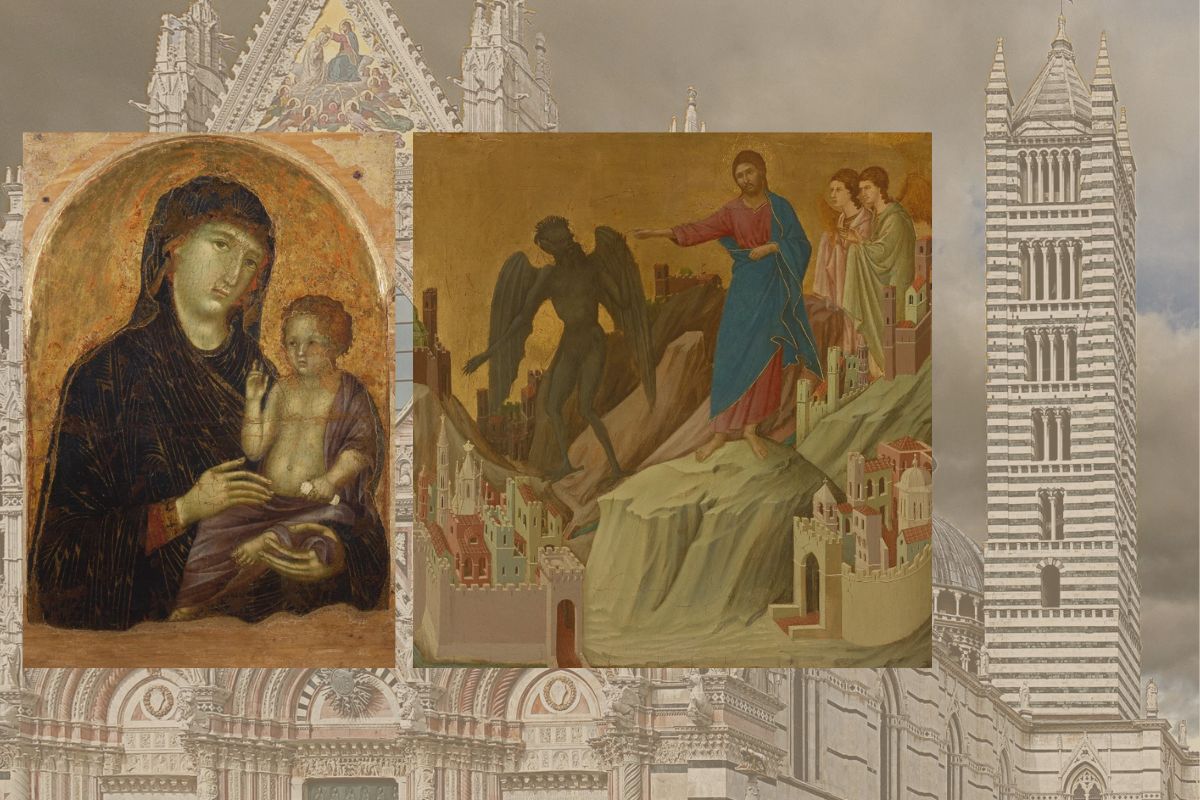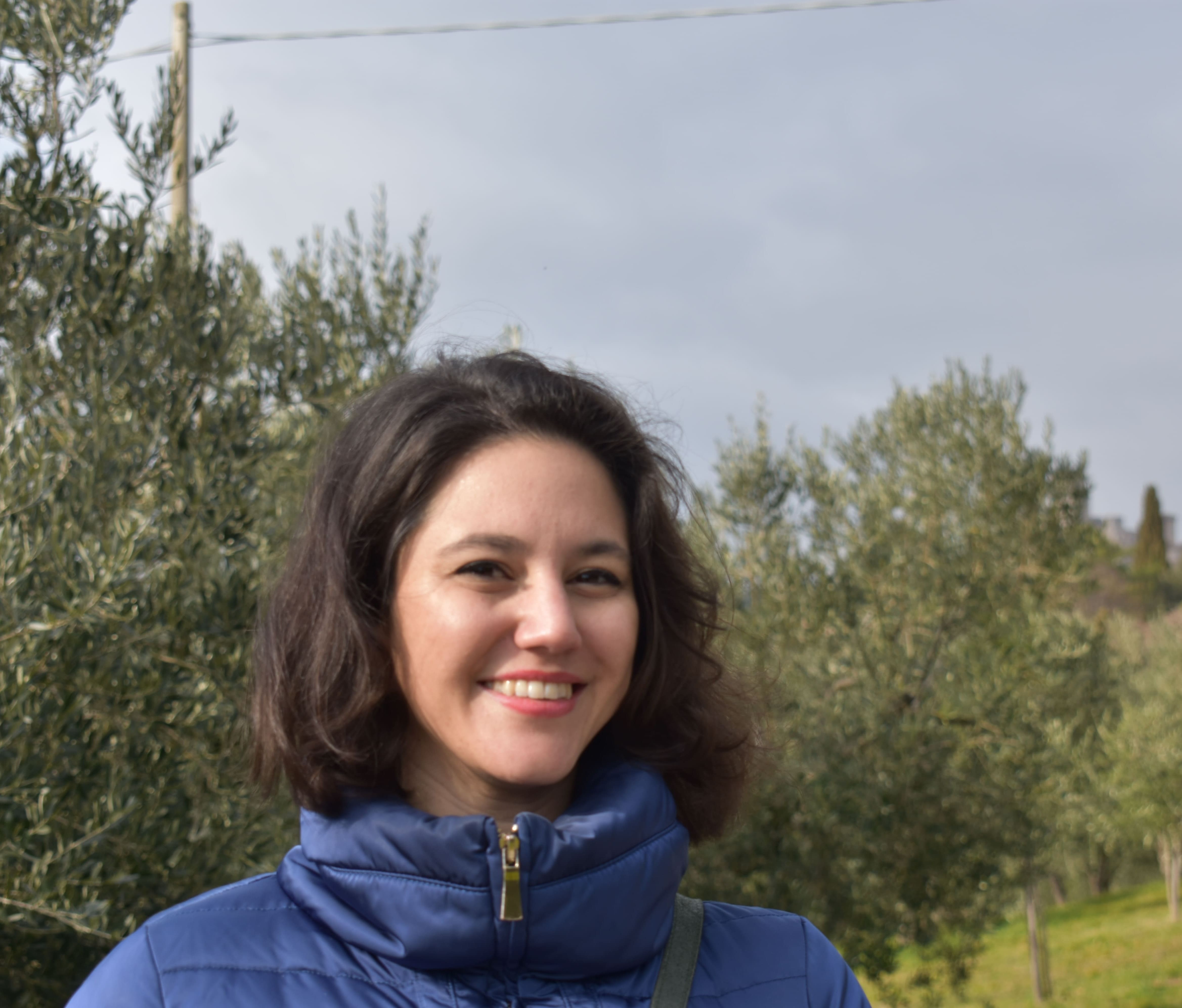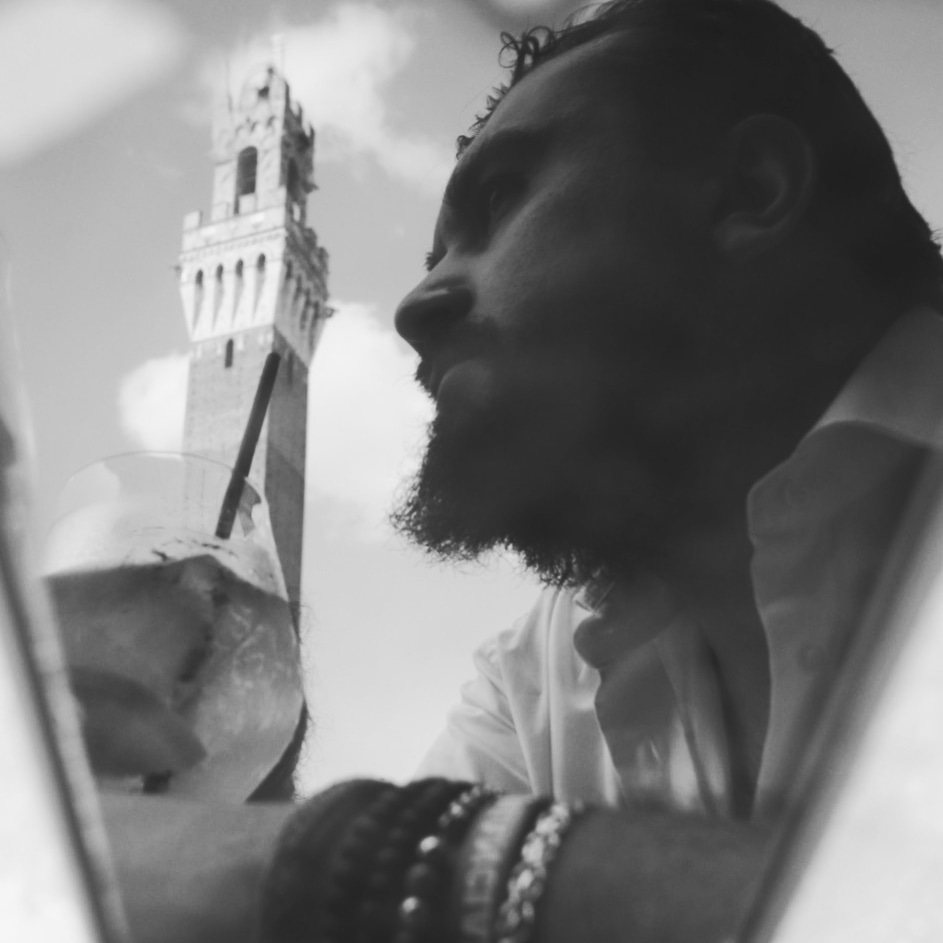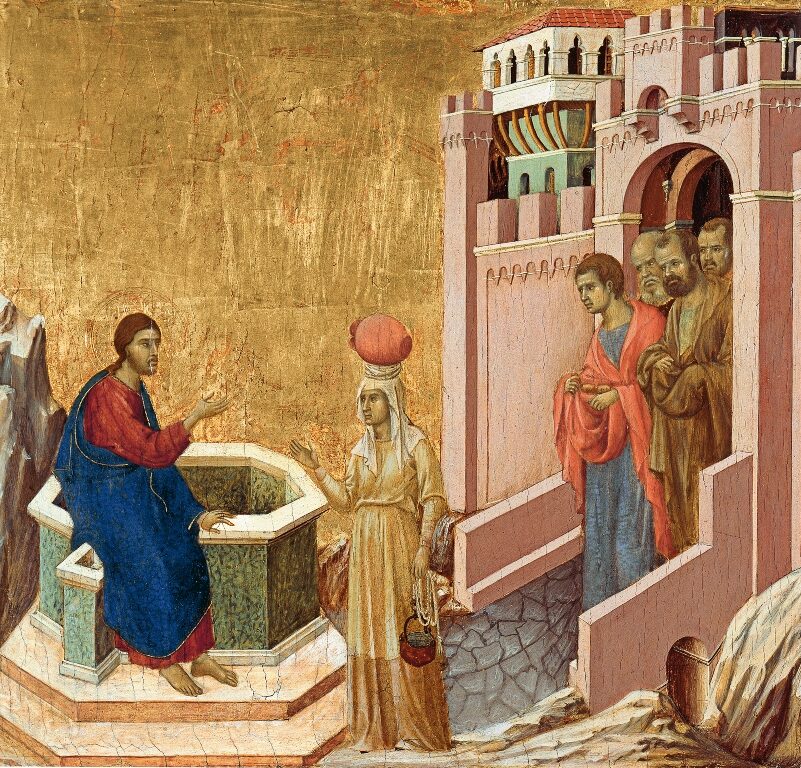
Following Duccio’s Footsteps | From the National Gallery to Siena's Golden Age
Following Duccio’s Footsteps | From the National Gallery to Siena's Golden Age
In the medieval era, Siena was one of the most important places in Europe. What is today a modestly sized city was then a true crossroads of people, goods, ideas, and cultural influences. From the late 13th century to the mid-14th century, Siena experienced its period of most extraordinary splendour. The painter Duccio di Buoninsegna was one of the undisputed protagonists of this moment.
The traces of this illustrious past are still visible in the city and continue to speak to us today. The exhibition Siena: The Rise of Painting (until 22 June 2025 at the National Gallery in London) aims to celebrate this golden age of the Tuscan city.
Several factors contributed to Siena’s rise and led it to its peak of splendour, including its geographical location along the Via Francigena and its political system, governed by the Council of the Nine.
The so-called Period of the Nine also marked an era of great artistic and cultural flourishing. Art became a tool of propaganda and self-celebration. Numerous works were commissioned, such as altarpieces, narrative cycles, and objects intended for personal devotion. The Sienese School emerged, blending Byzantine influences with innovations from French Gothic art, giving rise to a style that would leave a lasting legacy.
Artists such as Duccio di Buoninsegna, Simone Martini, and Pietro and Ambrogio Lorenzetti were the leading figures of this artistic period, creating some of the most important masterpieces of the 14th century. The architectural undertakings of the Palazzo Pubblico and the Cathedral (Duomo) became emblems of Gothic architecture in Italy.
Duccio di Buoninsegna is the founding figure of this radiant era of Sienese painting. The earliest records about him date back to 1278 and document his work for the City of Siena. His most famous masterpiece, the Maestà, was created during the Council of the Nine.
The Council of the Nine: an example of Good Government in the city
The period of the Council of the Nine (1287–1355) is one of the most prosperous in the Republic of Siena’s history. The regime was based on the exclusion of the nobility and the election of a council composed of nine members from the merchant and banking bourgeoisie. Each member served a term of two months, ensuring a constant turnover at the city’s leadership. This system allowed Siena to participate broadly and manage its institutions more dynamically.
Moreover, the so-called ‘Nine’ were often enlightened patrons. They commissioned some of the most famous works of art from the Sienese School for the city. Among these are the fresco cycle Allegory and Effects of Good and Bad Government by Ambrogio Lorenzetti, the Maestà, and the Polyptych of the Nine by Simone Martini, whose parts were reunited for the exhibition Siena: The Rise of Painting.
In short, a fundamental example of “good government” at the city level, where politics, culture, and economy are balanced and mutually reinforce one another.
Visualizza questo post su Instagram
Siena as an International Crossroads: a Strategic Position
What propelled Siena’s commercial development was its position along the Via Francigena. An ancient pilgrimage route, it connects Canterbury to Jerusalem and is one of the most important arteries of medieval travel. Thanks to this location, the city became a central commercial hub.
This centrality also extended to the banking sector, which grew significantly due to the continuous flow of goods, money, and people traveling to and from Rome. These travelers used Siena as a final outpost to consolidate and protect their wealth, and as a secure place to deposit their money before entering the Papal States.
This growth fostered urban development and the initiation of significant architectural projects, such as the completion of the city walls, the expansion of the Cathedral (Duomo), and the construction of the Palazzo Pubblico, home to the Council of the Nine. Siena became an international commercial and banking center, attracting investments and wealth.
The Economic Rise of Siena: Banking Leadership
During the Council of the Nine, Siena became a primary banking hub. Sienese families such as the Bonsignori, Piccolomini, and Tolomei were crucial in financing major European monarchies, particularly those of France and England.
This economic power was reflected in the city’s wealth, architectural achievements, and cultural life. Profits from banking activities were reinvested in domestic ventures, such as craftsmanship and agriculture, and territorial expansions, like the conquest of Grosseto and Massa Marittima.
Duccio’s Maestà: a work that defined an era
MATER S(AN)CTA DEI/SIS CAUSA SENIS REQUIEI/SIS DUCIO VITA/TE QUIA PINXIT ITA
Duccio di Buoninsegna
Commissioned in 1308 by the Opera del Duomo at the initiative of the Council of the Nine, this was an enormous, unprecedented work destined for the cathedral’s main altar. Its religious and civic importance was so great that it justified a public ceremony for its transportation. On June 9, 1311, the Maestà was accompanied by a solemn procession involving clergy, magistrates, musicians, and citizens, from Duccio di Buoninsegna’s workshop to the Cathedral.
The term Maestà refers to an image of the Virgin enthroned with the Child, surrounded by angels and saints. Duccio’s panel, signed by the artist, is among the most famous examples of this subject. In addition to the main panel featuring the Madonna, the work was adorned with numerous narrative scenes, both on the front and on the back of the panel. The front depicted episodes from the life of the Virgin and the infancy of Jesus, while the back focused on the Passion of Christ.
Visualizza questo post su Instagram
The painting celebrates the Virgin as Queen of Heaven and at the same time as the protector of the city of Siena, serving as a bridge between the sacred and the political spheres. The Marian cult was central to the city’s spirituality and civic identity.
The inscription on the Virgin’s throne reads: “MATER S(AN)CTA DEI/SIS CAUSA SENIS REQUIEI/SIS DUCIO VITA/TE QUIA PINXIT ITA”. This translates as: “Holy Mother of God, be the cause of peace for Siena, be life for Duccio, for he painted you thus.” The inscription underscores the civic value of Duccio’s Maestà, emblematic of Siena’s devotion to the Virgin. The painter himself, seemingly aware of the exceptional nature of his work, asks in return for her protection.
Duccio di Buoninsegna, The Temptation of Christ on the Mountain
This panel originates from the exceptional ensemble of the Maestà. Specifically, it was part of the predella on the reverse side of the work, which was dedicated to the life and Passion of Christ. It is currently on display in London at the exhibition Siena: The Rise of Painting, where several panels originally belonging to the Maestà, later dispersed, have been reunited.
The painting depicts one of the three episodes of Christ’s temptations, set in a stylized mountainous landscape. Jesus is shown casting away an anthropomorphic devil with black wings, who tempts Him by offering dominion over the world’s kingdoms. By observing the scene, one can see how Duccio innovates upon earlier traditions.
Visualizza questo post su Instagram
At first glance, the work may still appear closely tied to Byzantine style. While the connection to tradition remains, the figures begin to explore space through their gestures. The cities are also rendered with a new sense of spatial awareness. The figure of Christ displays an expressive delicacy inspired by Giotto. His calm gesture, set against the devil’s insistence, emphasizes His spirit’s firmness.
Duccio di Buoninsegna, Madonna and Child (Stoclet Madonna)
This extraordinary Madonna and Child – also on display – predates the creation of the Maestà, but it is a work that equally showcases Duccio’s innovation process. Compared to a rigid Byzantine icon, this Virgin presents a different tenderness. It is a more authentic image. The drapery of her robe suggests the presence of the body beneath. The right hand seems to explore the space around her. While the painting still bears Byzantine characteristics, there is a new interest in the realistic depiction. At this moment, Duccio is looking at what is happening in Assisi with Giotto.
During the same years, the Florentine painter experimented with a new way of painting. The study of space, proportions, movements, and body expressions is central to his research. He carried out a small revolution in Assisi, and Duccio proved himself ready to embrace these innovations.
The small parapet behind the Madonna also evidences this. It almost appears as an element belonging to our reality, beyond which we can see the sacred image. In short, a new way of placing bodies in space.
The work’s name, “Stoclet,” derives from the fact that it was part of Adolphe Stoclet’s private collection in Brussels before arriving at the Metropolitan Museum.
Duccio di Buoninsegna, Madonna and Child (Stoclet Madonna), ca. 1290–1300



Duccio di Buoninsegna, Madonna and Child
Another early work by Duccio is this refined Madonna and Child, which was not included in the exhibition but has remained in its original context. It was created for the Santi Pietro e Paolo church in Buonconvento, a small village near Siena, where it is still preserved in the local museum.
One cannot often see works in the context for which they were initially conceived. Indeed, this aspect enriches their meaning. In this case, the Madonna and Child from Buonconvento attests that Duccio was in demand not only in Siena but also in the countryside. He was an artist whose fame extended well beyond the walls of his city.
From a stylistic perspective, the Virgin’s mantle still features the gilding typical of the Byzantine style. However, alongside these more archaic elements, there are also innovations. For instance, the body of the Child is less rigid and softer. The elegant lavender-colored robe gently softens its contours. The figures’ expressions are sweet, and the composition exudes an unusual tenderness.
Duccio’s painting, moreover, seeks to explore emotions, blending Byzantine tradition with a new interest in reality. It follows the example of Giotto and the innovations brought from across the Alps with a Gothic style.
Duccio di Buoninsegna, Madonna and Child

Duccio di Buoninsegna, Madonna and Child, 1290–1295, Buonconvento, Museum of Sacred Art of Val d’Arbia
Image courtesy of Fondazione Musei Senesi












